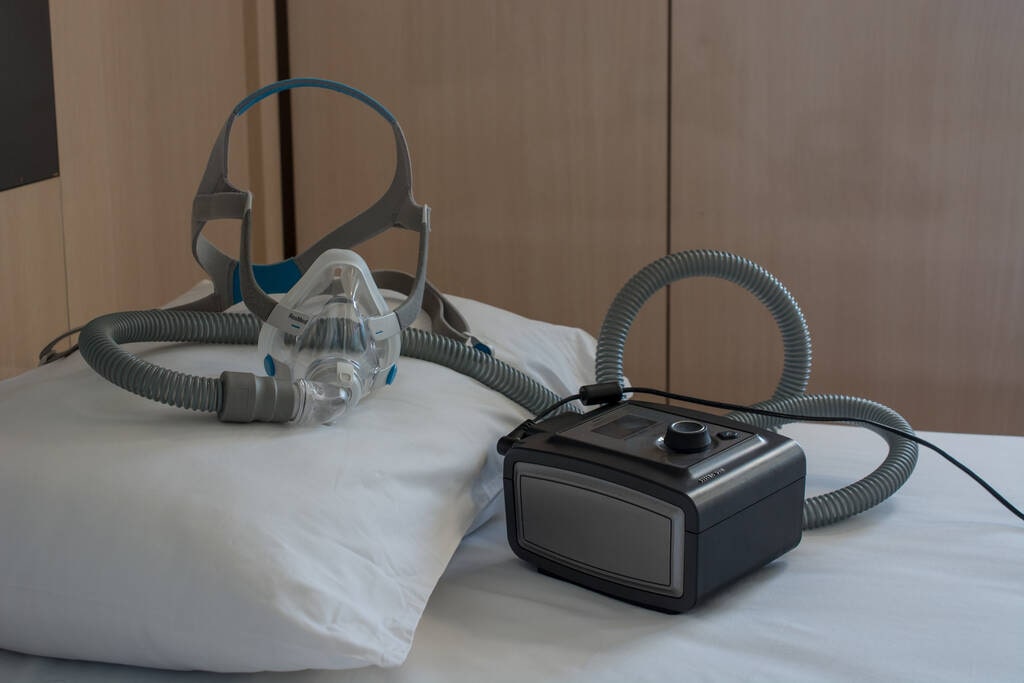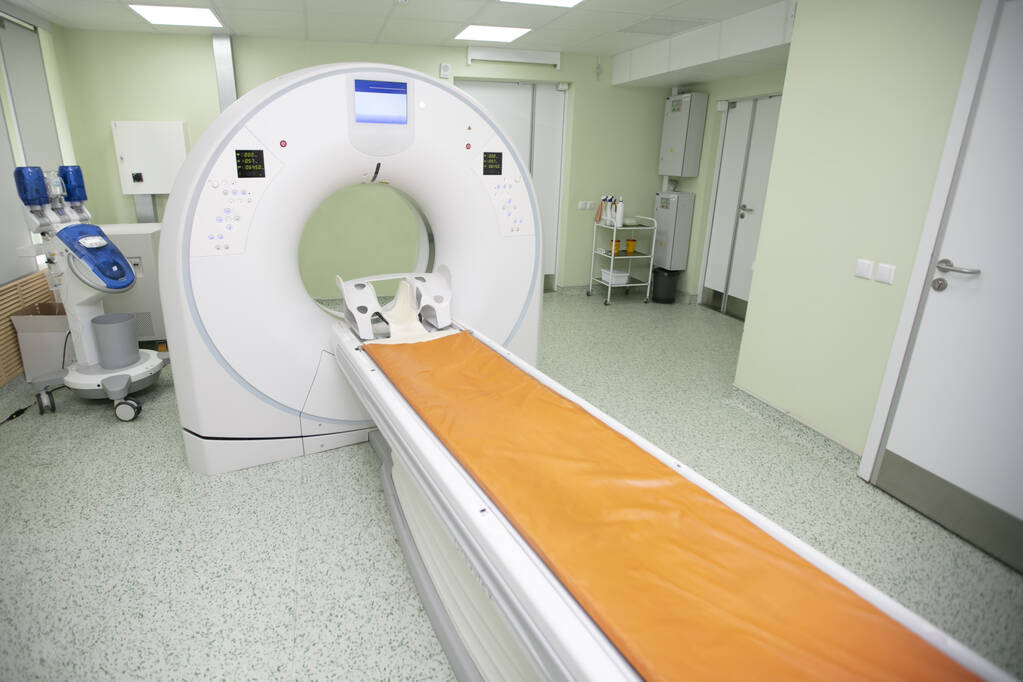323 total views
Sleep is an essential aspect of our daily lives, playing a crucial role in promoting overall health and well being. However, for individuals suffering from obstructive sleep apnea, a sleep disorder characterized by repetitive episodes of partial or complete upper airway obstruction during sleep, quality sleep becomes a constant struggle. To help manage OSA, various drugs have been developed with differing levels of efficacy. Learn more about the drugs that are commonly used to treat obstructive sleep apnea and evaluate their effectiveness.
Introduction to Obstructive Sleep Apnea
Obstructive sleep apnea is a common sleep disorder characterized by partial or complete blockage of the upper airways during sleep. It leads to disturbed breathing, which causes snoring, excessive daytime sleepiness, and other symptoms. If left untreated, it can have serious health consequences, such as an increased risk of cardiovascular disease and cognitive impairment.
Continuous Positive Airway Pressure (CPAP)
Positive airway pressure
Continuous positive airway pressure is a widely recognized and highly effective treatment for obstructive sleep apnea. It involves the use of a specialized device that delivers a constant stream of pressurized air to keep the airway open during sleep. CPAP therapy is considered the gold standard for moderate to severe cases of OSA. By wearing a mask connected to a CPAP machine, the patient receives a continuous stream of pressurized air that prevents the upper airway from collapsing. This ensures normal breathing throughout the night, reduces the frequency of apnea episodes and improves sleep quality. The therapy provides a number of benefits for people. It helps alleviate snoring, excessive daytime sleepiness, and other related symptoms. In addition, CPAP can significantly reduce the risks associated with untreated OSA, such as cardiovascular problems and cognitive impairment.
The effectiveness of treatment
The effectiveness of treatment depends on proper use of the device and mask. It is very important to work closely with the health care provider to ensure proper fit and adjust the pressure settings to meet the patient’s needs. Regular observation and maintenance of the mask is critical for optimal results. Although highly effective, some people may find it difficult to get accustomed to wearing the mask while sleeping. However, with patience and persistence, most patients adapt to the therapy and notice a significant improvement in sleep quality and overall well being.
It is important to note that the therapy must be used continuously, as prescribed by the health care provider. Discontinuing or ignoring CPAP therapy can lead to a return of OSA symptoms and associated health risks. In general, continuous positive airway pressure is a proven and effective treatment for obstructive sleep apnea. It provides a continuous flow of pressurized air to keep the airway open during sleep, reducing episodes of apnea and improving sleep quality. When used correctly and monitored regularly, the treatment can significantly improve people’s well being.
Oral Appliances

Oral appliances are commonly used in the treatment of obstructive sleep apnea as a non-invasive alternative to continuous positive airway pressure therapy. These devices are designed to be worn during sleep and work by repositioning the jaw and tongue to help keep the airway open. The main purpose of oral aids is to prevent collapse or narrowing of the upper airway, which is the main cause of OSA. By keeping the jaw and tongue extended, these devices help maintain proper alignment and reduce airway obstruction, thereby promoting unobstructed breathing during sleep. There are different types of oral appliances, including mandibular advancement devices (MAD) and tongue retention devices (TRD). MADs are the most common type and work by gradually advancing the lower jaw forward. This helps to increase the space in the back of the pharynx, preventing soft tissue collapse.
Keep the tongue
TRDs, on the other hand, aim to keep the tongue in an anterior position so that it does not interfere with the airway. They do this by using suction or soft tongue holding mechanisms. Oral appliances are usually recommended for people with mild to moderate obstructive sleep apnea, as well as those who cannot tolerate or prefer an alternative to CPAP therapy. They are custom made by dental professionals and are tailored to the patient’s oral cavity and jaw features. One of the advantages of oral appliances is their portability and ease of use. Unlike CPAP machines, which require electricity and a mask, oral appliances are compact, portable and require no external power source. They can be easily carried while traveling, making them a convenient option for those on the go.
Effectiveness of oral appliances
Effectiveness of oral appliances can vary depending on severity and individual factors. Follow-up with a health care provider is necessary to monitor progress and make adjustments to the device for optimal results. Oral appliances can be an effective treatment option for many people, they may not be suitable for everyone. Consult with a sleep specialist or dentist experienced in treating sleep apnea to determine the most appropriate course of action based on individual needs and preferences. In general, oral appliances are non-invasive devices used to treat obstructive sleep apnea. By repositioning the jaw and tongue, they help keep the airway open during sleep, reducing airway obstruction and improving breathing. Oral appliances are a viable alternative to therapy, especially for people with mild to moderate OSA.
Hypoglossal Nerve Stimulation
Hypoglossal nerve stimulation is a relatively new approach to treating OSA. It involves implanting a device that delivers mild electrical impulses to the hypoglossal nerve, which controls the movement of the tongue. By stimulating the nerve during sleep, the airway muscles are kept open. This treatment option is generally reserved for patients who cannot tolerate or benefit from CPAP therapy.
Upper Airway Surgery
In certain cases of OSA, surgical interventions may be considered to address anatomical abnormalities contributing to airway obstruction. Procedures such as uvulopalatopharyngoplasty (UPPP), genioglossus advancement, and hyoid suspension aim to widen and stabilize the upper airway. However, surgery is typically recommended when other treatment options have failed or are not suitable.
6. Pharmacological Interventions
Pharmacological interventions are used as adjunct therapies or when other treatment options are not feasible. While drugs cannot cure OSA, they can help manage symptoms and improve daytime alertness. Here are some commonly prescribed medications:
6.1 Modafinil
Modafinil is a wakefulness promoting agent used to combat excessive sleepiness associated with OSA. It works by affecting certain neurotransmitters in the brain to promote wakefulness. Drug has been shown to improve cognitive function and reduce daytime sleepiness, but it does not address the underlying airway obstruction.
6.2 Armodafinil
Armodafinil is another drug used to treat excessive daytime sleepiness in OSA. It is similar in mechanism of action to modafinil, but has a longer half life. The pills help people stay awake and alert during the day, but they do not treat the underlying cause of the condition.
6.3 Protriptyline
Protriptyline is a tricyclic antidepressant sometimes prescribed to OSA patients. It can help reduce the frequency of apnea episodes by stimulating certain receptors that affect airway muscles. However, it may have side effects such as dry mouth, constipation, and dizziness.
6.4 Acetazolamide
Acetazolamide is a medication primarily used to treat altitude sickness but can also be prescribed for OSA. It works by stimulating ventilation and increasing respiratory drive. However, its effectiveness in managing symptoms is limited, and it may cause side effects such as frequent urination and tingling sensations.
6.5 Theophylline
Theophylline is a bronchodilator commonly used to treat respiratory conditions such as asthma and chronic obstructive pulmonary disease (COPD). It can also help improve breathing in some OSA patients. However, it requires careful monitoring of blood levels due to potential side effects and interactions with other medications.
6.6 Oxybutynin
Oxybutynin is a medication primarily used to treat overactive bladder symptoms but may be prescribed off-label. It can help relax certain muscles, including those in the upper airway, potentially reducing apnea episodes. However, its use for OSA is not widespread, and further research is needed to establish its efficacy.
6.7 Topiramate
Topiramate is an antiepileptic drug that can also be used as an adjunct therapy for OSA. It works by increasing the upper airway’s muscle tone, helping to reduce the likelihood of obstruction during sleep. However, it may cause side effects such as tingling sensations, memory problems, and weight loss.
Conclusion
Obstructive sleep apnea is a complex sleep disorder that requires a multidisciplinary approach for effective management. While continuous positive airway pressure remains the gold standard treatment, various drugs can be used as adjunct therapies or alternatives for patients who cannot tolerate CPAP. However, it’s important to note that pharmacological interventions do not address the underlying cause of OSA and should be used under the guidance of a healthcare professional. In conclusion, while drugs play a role in managing obstructive sleep apnea symptoms, they should be used as part of a comprehensive treatment plan that includes lifestyle modifications and appropriate medical interventions. It is crucial to consult with a healthcare professional to determine the most suitable approach for your specific condition.
‼️ Disclaimer: The information provided in this article about modafinil is intended for informational purposes only and is not a substitute for professional medical consultation or recommendations. The author of the article are not responsible for any errors, omissions, or actions based on the information provided.
References:
- Omachi TA, Claman DM, Blanc PD, Eisner MD. Obstructive sleep apnea: a risk factor for work disability. Sleep. 2009.
- Young T, Peppard PE, Gottlieb DJ. Epidemiology of obstructive sleep apnea: a population health perspective. 2002.
- Czeisler CA, Walsh JK, Wesnes KA, Arora S, Roth T. Armodafinil for treatment of excessive sleepiness associated with shift work disorder: a randomized controlled study. Mayo Clin Proc. 2009.
- Darwish M, Kirby M, Hellriegel ET, Robertson P. Armodafinil and modafinil have substantially different pharmacokinetic profiles despite having the same terminal half-lives. Clin Drug Investig. 2009.
- Harsh JR, Hayduk R, Rosenberg R, et al. The efficacy and safety of armodafinil as treatment for adults with excessive sleepiness associated with narcolepsy. Curr Med Res Opin. 2006.
- Hirshkowitz M, Black JE, Wesnes K, Niebler G, Arora S, Roth T. Adjunct armodafinil improves wakefulness and memory in obstructive sleep apnea/hypopnea syndrome. Respir Med. 2007.
- Johns MW. A new method for measuring daytime sleepiness: the Epworth sleepiness scale. Sleep. 1991.


